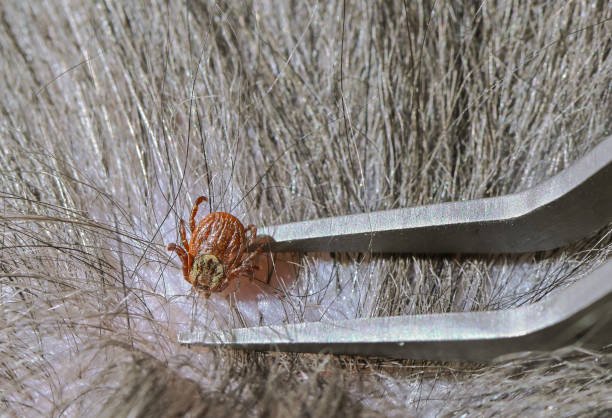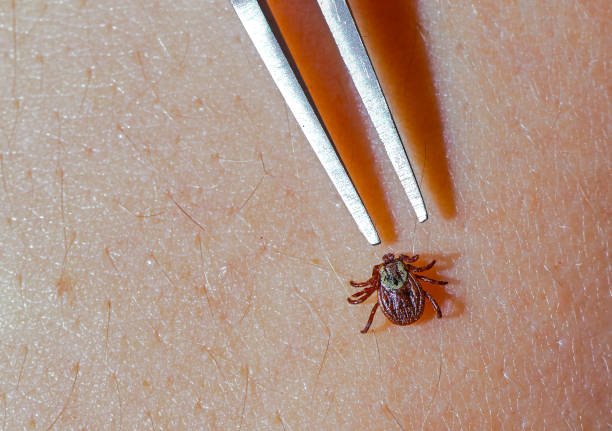Lyme disease is spreading fast across the world, and climate change is one of the main reasons. Warmer weather allows ticks to thrive, making infections more common. But spotting Lyme disease is not always easy. Many doctors struggle to recognize it, and patients often face delayed diagnosis.
Ticks are tiny parasites, no bigger than an apple seed, that feed on blood. When they bite, they release substances that hide the pain and swelling, so most people never feel the bite. If the tick is carrying bacteria, like Borrelia burgdorferi, it can enter the bloodstream and cause Lyme disease.
This illness was first identified in Lyme, Connecticut, in 1975. It can affect almost every part of the body – from the brain and joints to the muscles, nerves, bladder, and even the gut. Symptoms may include facial paralysis, heart problems, fatigue, memory loss, and nerve pain. Because symptoms vary so much, many patients are not taken seriously, and some are even misdiagnosed with conditions like chronic fatigue syndrome or mental health disorders.

Several celebrities, including Justin Bieber, Avril Lavigne, Shania Twain, and Justin Timberlake, have shared their struggles with Lyme disease. Timberlake described experiencing severe nerve pain while performing on stage, calling the illness “relentlessly debilitating.”
One of the biggest challenges is diagnosis. Many doctors rely on the classic “bullseye” rash, but the truth is, not all Lyme rashes look the same. They may be solid, blistered, or shaped differently, and on darker skin they often don’t appear as a bullseye at all. Tests such as Elisa and Western Blot are used, but they are not always accurate, sometimes giving false negatives.
Lyme disease cases are rising worldwide. According to research, more than one in ten people globally may already have been infected. The most common regions include East Asia, Central Europe, and Western Europe. In the US alone, nearly half a million cases are reported each year.
Antibiotics are the main treatment, and if caught early, most people recover. But in some cases, symptoms return or persist, leading to what is called post-treatment Lyme disease syndrome. Patients may experience fatigue, neuropathy, memory issues, and joint pain for months or even years. This creates frustration, as many feel ignored or misdiagnosed by healthcare providers.
Some patients turn to herbal remedies, including natural extracts like wormwood, reishi mushroom, and oil of oregano. While some studies show promise, most of these treatments need more scientific evidence. Experts still emphasize that antibiotics remain the most effective treatment for Lyme disease.
There used to be a vaccine called LYMERix, but it was discontinued in 2002. Today, a new vaccine is in advanced trials and may soon become available. Until then, prevention is key – avoiding tick bites, checking your skin after outdoor activities, and using repellents are some of the best ways to stay safe.
The good news is that most people who timely treatment recover. But with cases rising due to climate change, awareness, early recognition, and better education for both doctors and the public are more important than ever.





















